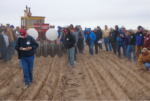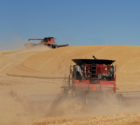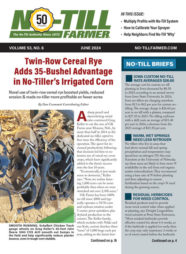What I've Learned from No-Tilling
Cover Crops, Residue Whip No-Till Fields Into Shape
Since retiring from a local shop, Michigan no-tiller Larry Bonnell is using his extra time to focus on putting soil, microbes, insects and crops to work in his no-till system.
Read More









